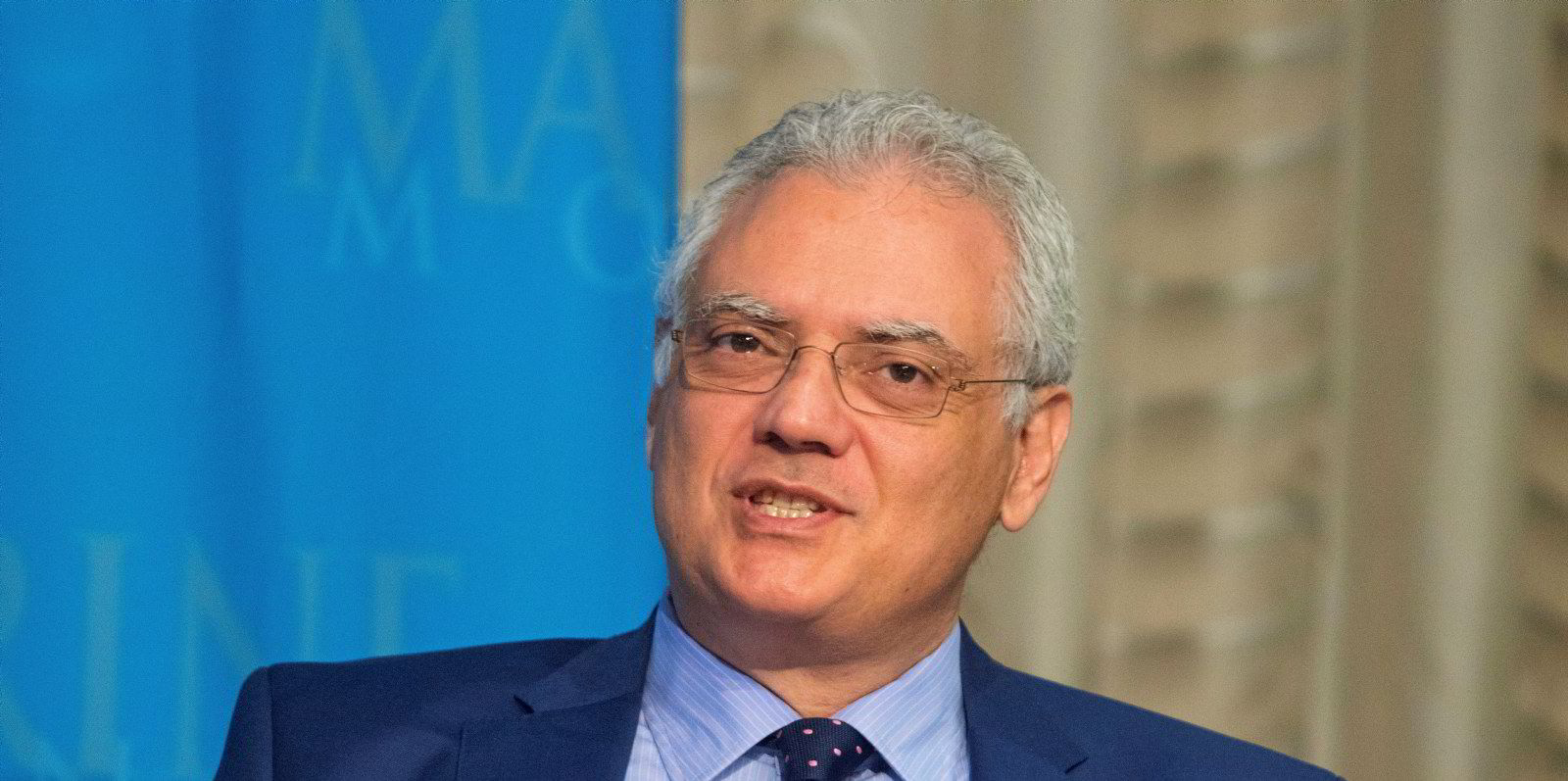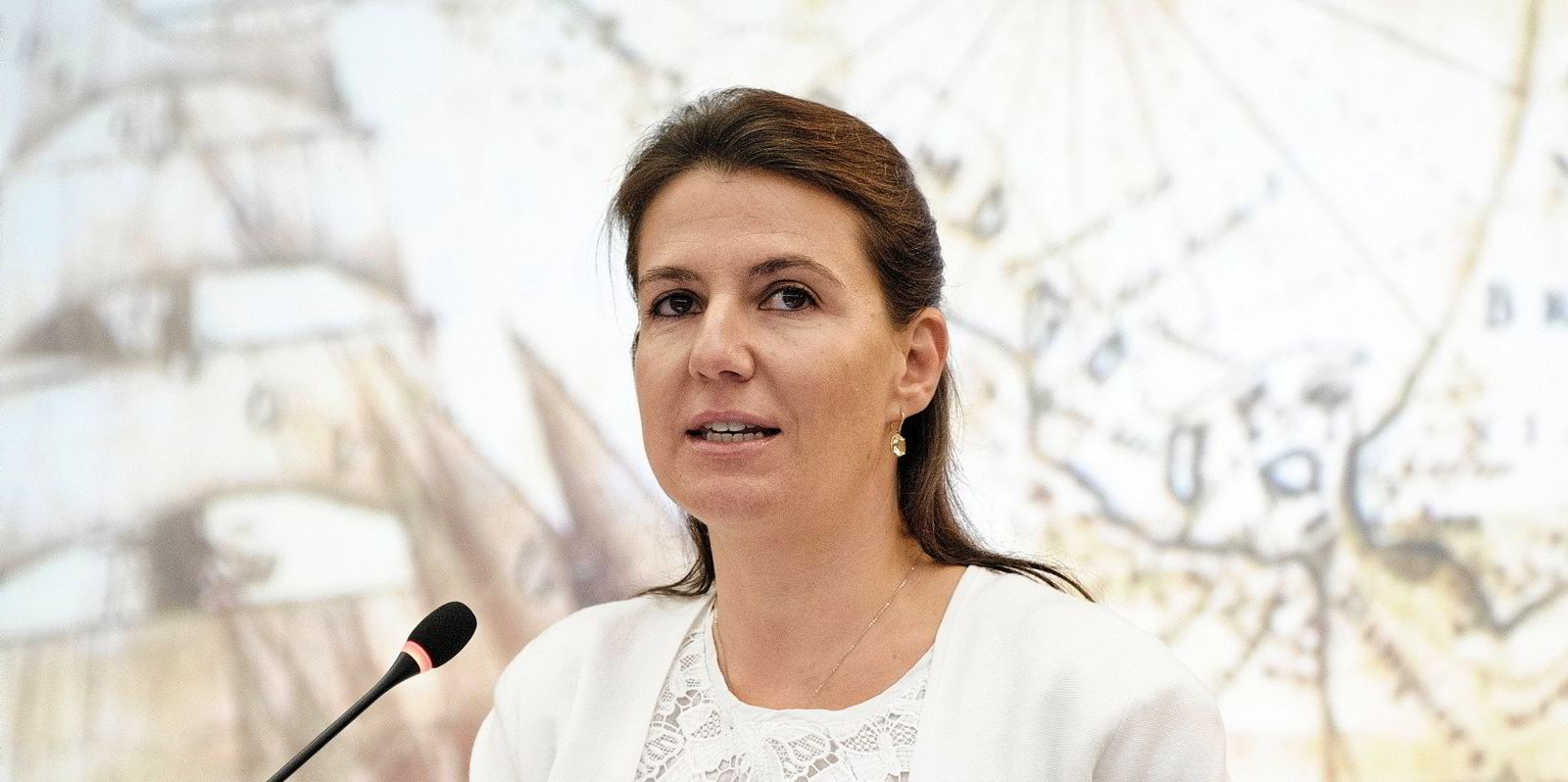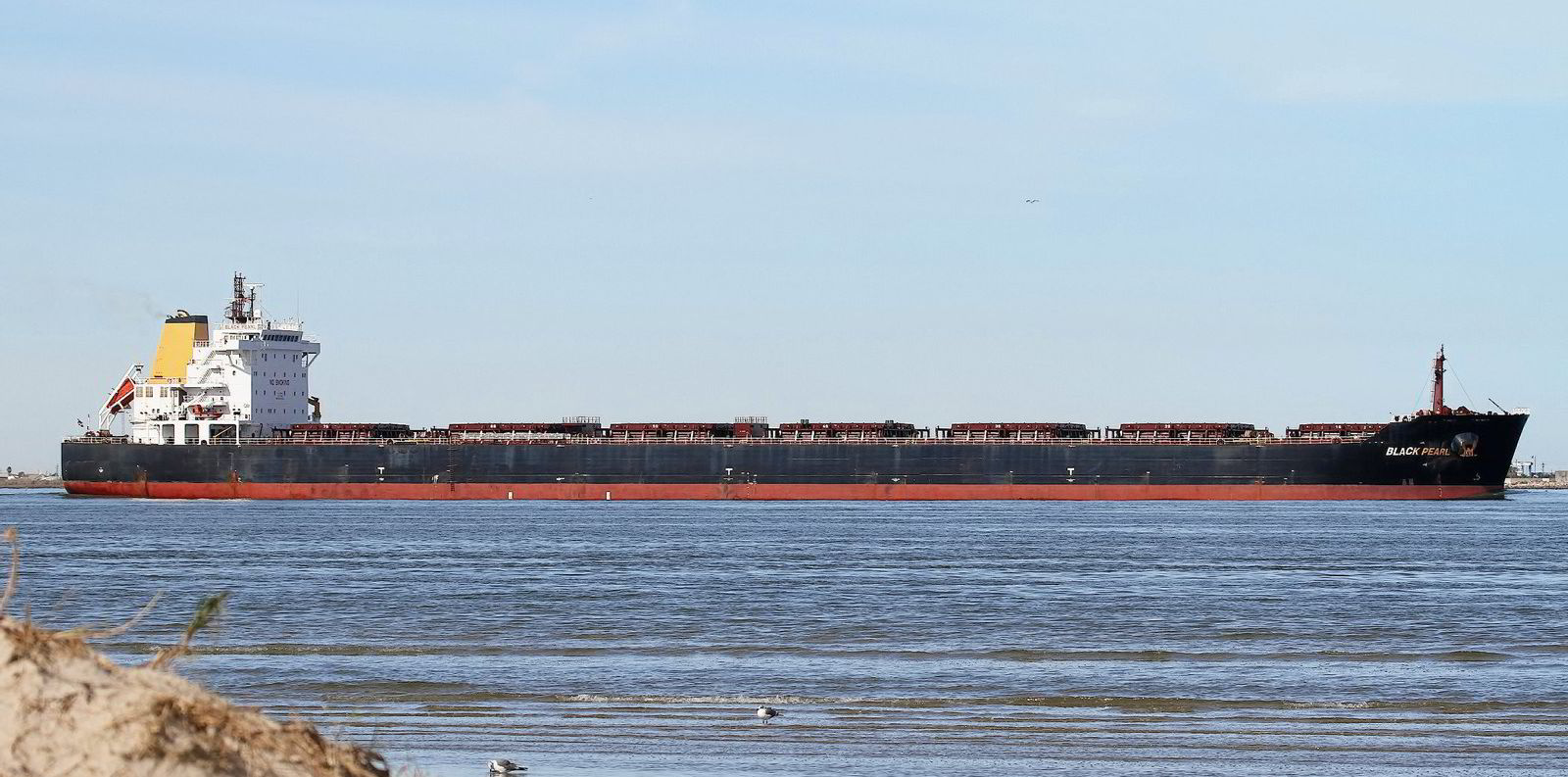Polys Hajioannou-led Safe Bulkers said it ordered its fifth newbuilding in Japan a week after announcing the sale of its oldest ship,
The New York-listed shipowner booked a 82,000-dwt kamsarmax to be delivered at the end of 2023.
As with the other pairs of kamsarmaxes and post-panamaxes it has ordered in Japan since late last year, Safe Bulkers' latest newbuilding will be compliant with Phase 3 of the International Maritime Organization's Energy Efficiency Design Index and Tier III NOx emission standards.
Safe Bulkers was among the first Greek companies to start ordering newbuildings in the latest market upturn. It has done so cautiously and by degrees, adding one order after the other. It booked at least some of the ships it ordered at Oshima Shipbuilding.
“We continue to invest in the most efficient, environmental friendly available vessels in the market, gradually renewing our fleet," Safe Bulkers president Loukas Barmparis said on Tuesday.
Hajioannou, the company's chief executive, expanded on the company’s strategy during a Capital Link conference last month.
“As soon as we sensed the market was changing, we knew that we should start early the fleet renewal process,” he told participants.
“Before demand increased for such vessels, the best thing we could find available within the parameters we could invest in [for a] lower carbon-footprint were Phase 3, Tier III newbuildings designed by a couple of Japanese shipyards.”
He said that if LNG-fuelled designs were available at the yards, the company would have considered it.
The Greek-Cypriot owner said he expected the ships he ordered to “simply help” his company get near the IMO’s interim carbon emission targets for 2030 “but nowhere near” the more ambitious ones for 2050.
“We had to start somewhere so we started from that,” Hajioannou said.

“We said that for every old ship we sell, we’ll buy one of those. That’s how we’ll move on for the next few months until we find out what the next generation of ships we could invest in will be.”
In line with that strategy, Safe Bulkers disposed of six older vessels since January, raising about $86m in the process and keeping the overall size of its fleet, both in the water and under construction, broadly unchanged at about 40 ships.
That includes a pair of 2012-built kamsarmaxes, which the company sold to Greece’s Constantakopoulos family and which ended up with US-listed rival Costamare.
Apart from the five newbuildings it has ordered, Safe Bulkers added tonnage through the secondhand acquisitions. In recent weeks, the company bought two panamaxes for $36m in total. They are the 78,100-dwt Kagara (built 2013), which has been renamed Koulitsa 2, and the 75,000-dwt Fortune Daisy (built 2011).
Safe Bulkers already secured a year-long fixture for the Koulitsa 2 at $24,000 per day. With such fixtures available in the current chartering market, purchasing capesizes and panamaxes is a no-brainer, shipowners and brokers in Athens, have said.






